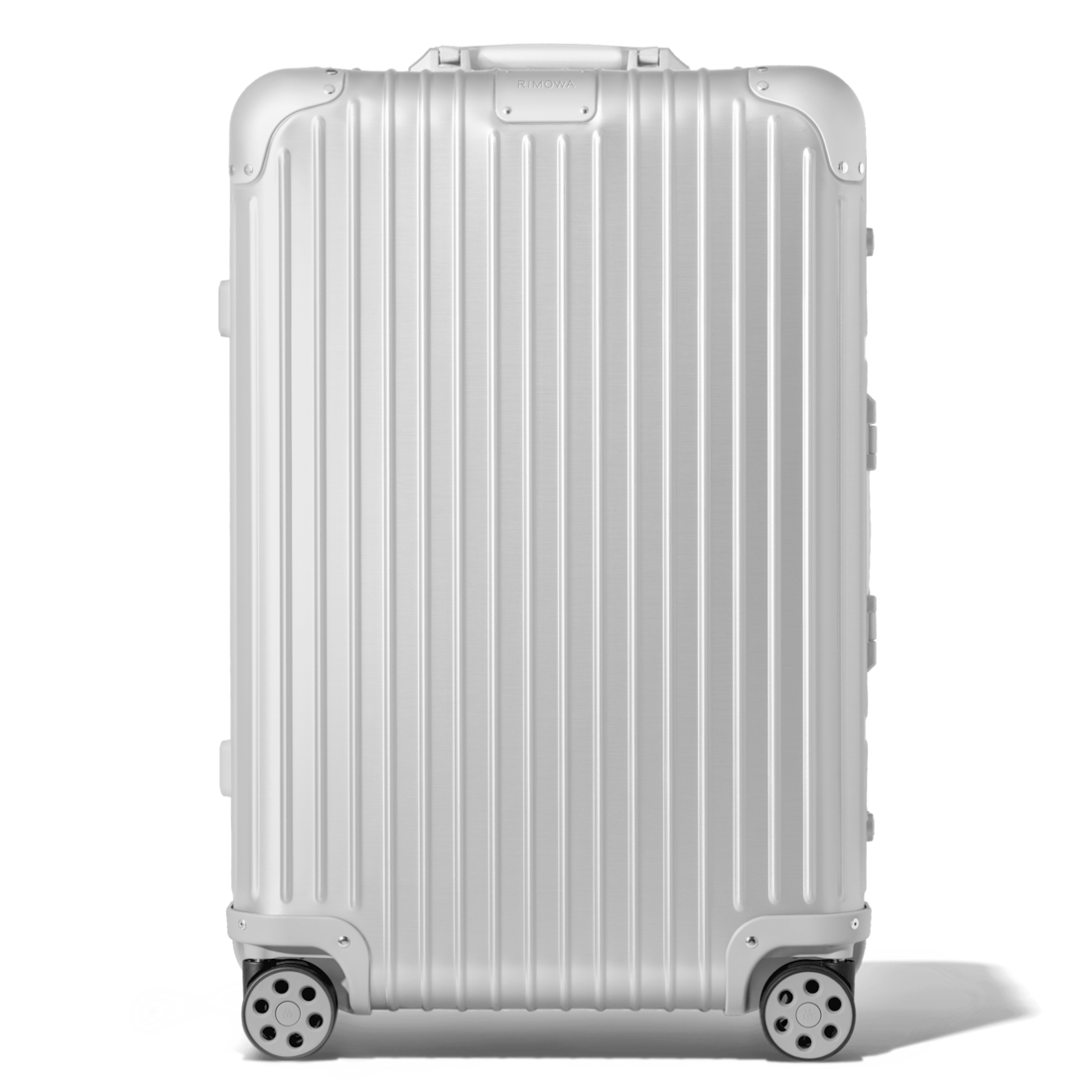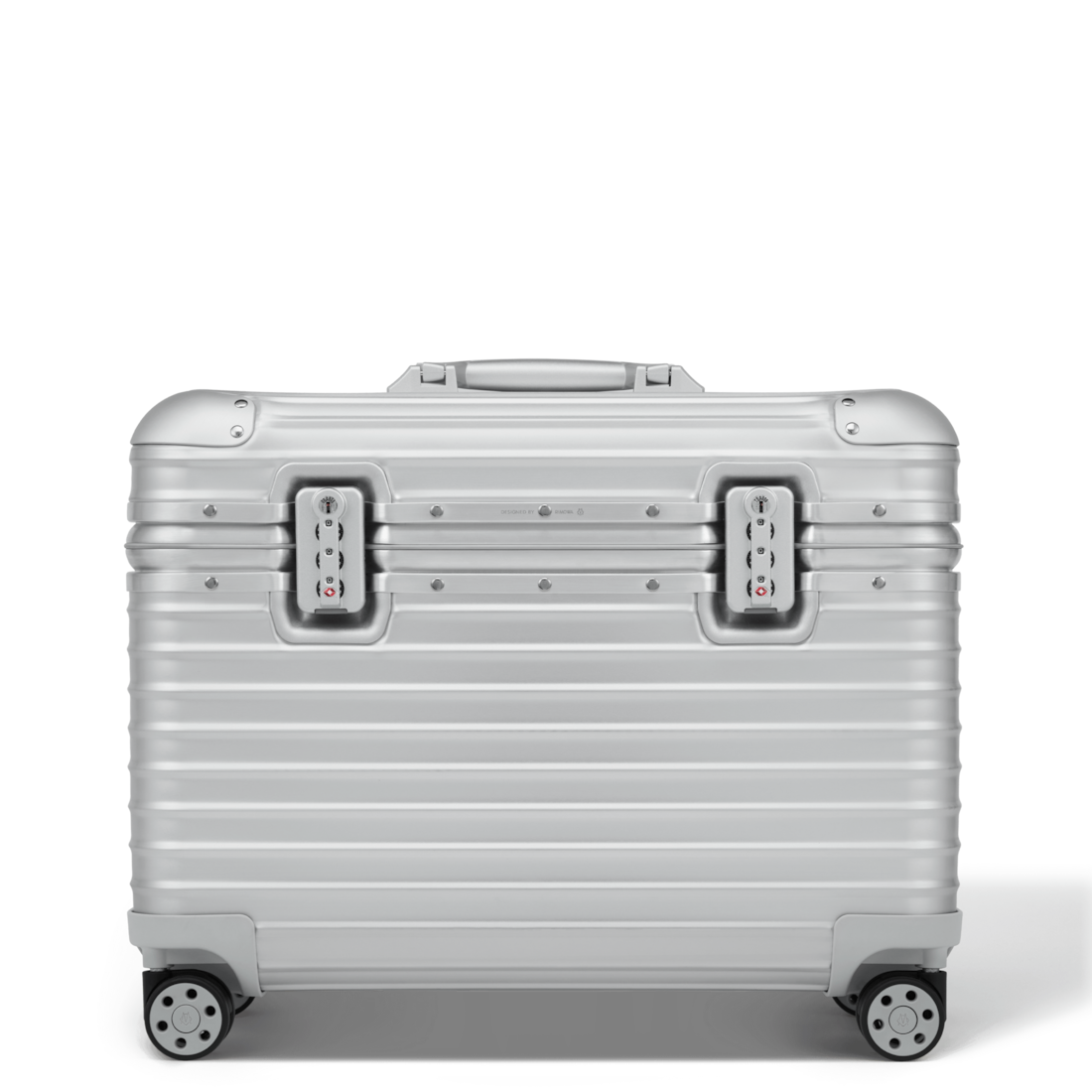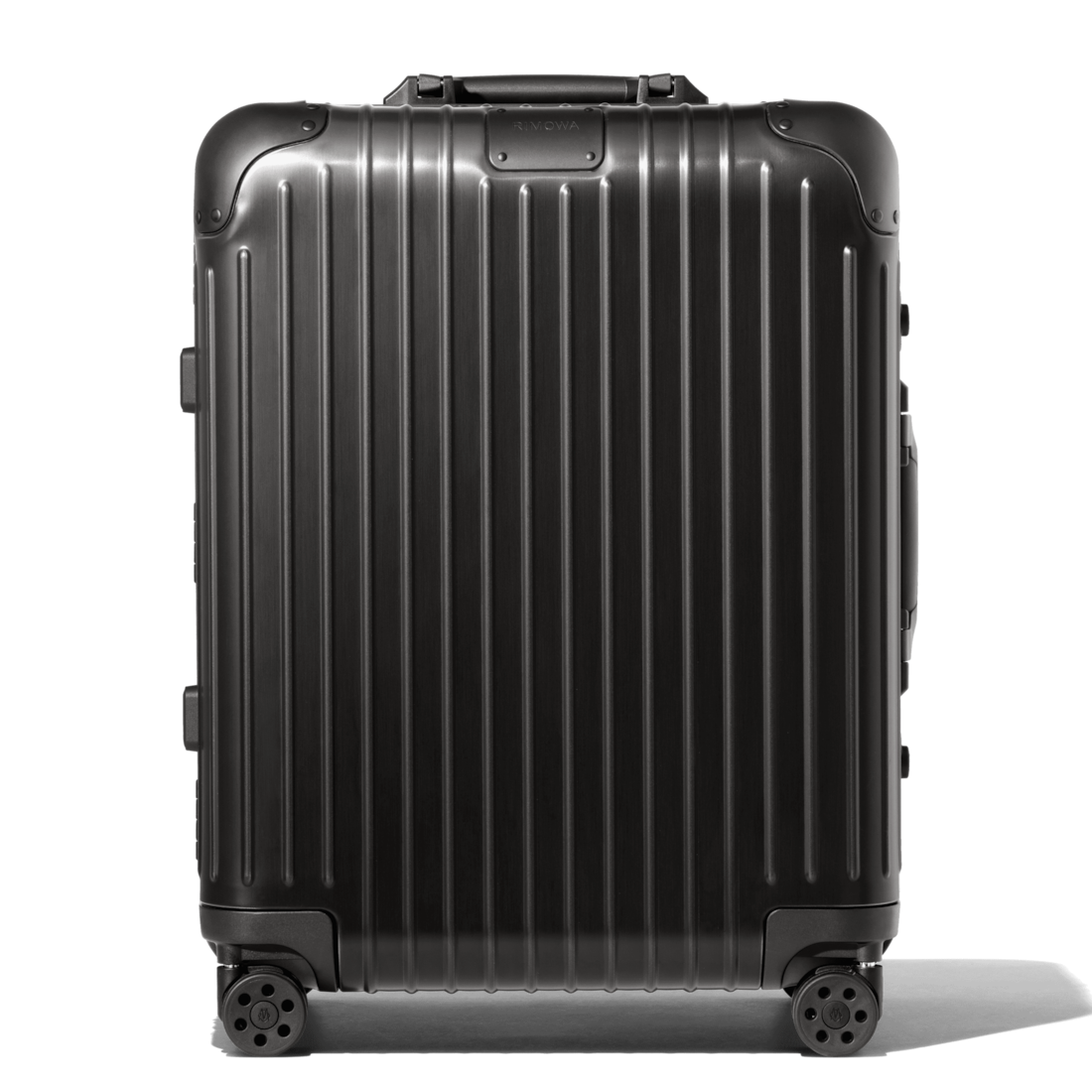Hybrid Check-In L Suitcase – White – RIMOWA
A thoughtful combination of two of the world’s most advanced materials, the RIMOWA Hybrid Check-In L white unites the resilience of our unique aluminium-magnesium alloy with the supremely lightweight quality of polycarbonate, creating a high-end piece of German engineering designed for a lifetime of purposeful travel.
Key Elements
TSA-Approved Locks
Each of our suitcases features TSA-approved locks that can be opened by security during airline baggage checks without causing any damage.
Flex Divider
Packed items are kept in perfect order during transit with the height adjustable Flex Divider, which can be adapted to suit your belongings.
Multiwheel® System
Pioneered by RIMOWA, this high-end system guarantees stable and effortless steering thanks to ball-bearing mounted wheels with cushioned axels.
Telescopic Handle
Engineered to offer seamless stage-free adjustment for maximum comfort and smooth manoeuvrability.
Additional information
| Measurement | 78 x 52 x 27 CM |
|---|---|
| Weight | 5,9 Kg |
| Volume | 84 L |









Reviews
There are no reviews yet.